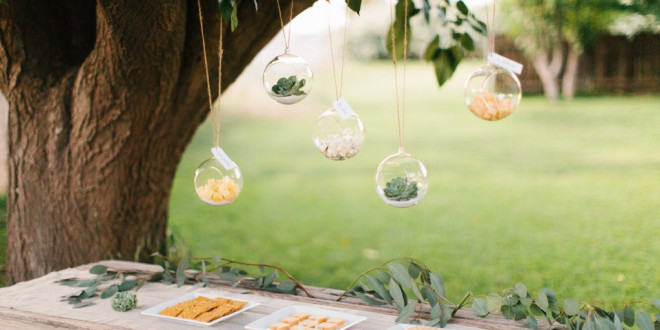[ad_1]
How do the rules change when it is the bride’s second wedding, but the groom’s first? On the one hand, since it is his first (and hopefully only!) wedding, the groom deserves to have a celebration with all of the trimmings. On the other hand, when it is the bride’s second time down the aisle, etiquette and taste dictate that she does certain things differently than when she was a first time bride. Learn how to sort it all out so that the second time bride and first time groom can have a wedding that is beautiful, festive, and in good taste.
Let’s face it, the groom is second fiddle at a wedding. Most of the etiquette, traditions, and so on are geared towards brides. When it is the bride’s first wedding and the groom’s second, very little changes at all. However, if it is the bride’s second trip down the aisle, then all the rules about second time weddings apply, even if the groom has never before been wed. Fair or unfair, it’s just the way it is in our society. The good news is that getting remarried is no longer stigmatized like it once was for women. What that means is that it is now considered perfectly acceptable to have a large celebration for a second wedding. That will make the groom’s parents happy, as it is their first chance to celebrate their son’s marriage.
Much of the etiquette about second weddings is focused on attire. Formal clothing for men is pretty much the same no matter what, so whether it is the groom’s first marriage or his fifth, he would still wear the appropriate attire for the formality of the wedding (tuxedo, suit, etc.). For second time brides, however, there are some matters of etiquette to keep in mind when selecting a gown and accessories like bridal jewelry. These days, people care less about what color the bride wears, although traditionally women did not wear pure white for a remarriage, opting instead for ivory, cream, or perhaps a radiant golden hue.
A long train and a poufy princess style wedding gown are best left to women who have never before tied the knot. If the groom wants his first wedding to be very elegant, the second time bride is free to select a wedding gown with plenty of beading and embellishment, it should just be cut in a more slender and sophisticated silhouette. She might also want to try out more sophisticated and unique bridal jewelry. As for the veil, it simply is not appropriate for a second time bride, although there are definitely some women who wear them anyway, because their groom wants to see them come down the aisle in the full regalia.
There are some changes in the wording of the wedding invitation when the bride has been previously married. Interestingly enough, if it was her first wedding and the groom’s second, the traditional wording would be used. For a second time bride, her parents do not “give her away”, either on the invitation or during the marriage ceremony. Therefore, the wedding invitation is properly issued by the bride and groom in the third person like this: The pleasure of your company (or “The honour of your presence” for a church wedding) / is requested at the marriage of / Caroline Woods Smith / to Robert Hunter Finley / etc… If the bride had legally adopted her first husband’s name, it is written: first, maiden, married surname. She does not have a title, as Mrs. seems inappropriate for a bride, Miss is inaccurate, and Ms. is not properly used in formal invitations. For the sake of consistency, the groom would omit his title as well.
Beyond that, a second wedding is really not much different than a first wedding, even if it is her second and his first. The only other thing of note is that second time brides should not have bridal showers. The couple can feel free to hold as large or small, lavish or simple, wedding as they wish.
[ad_2]
Source by Laura Firenze

